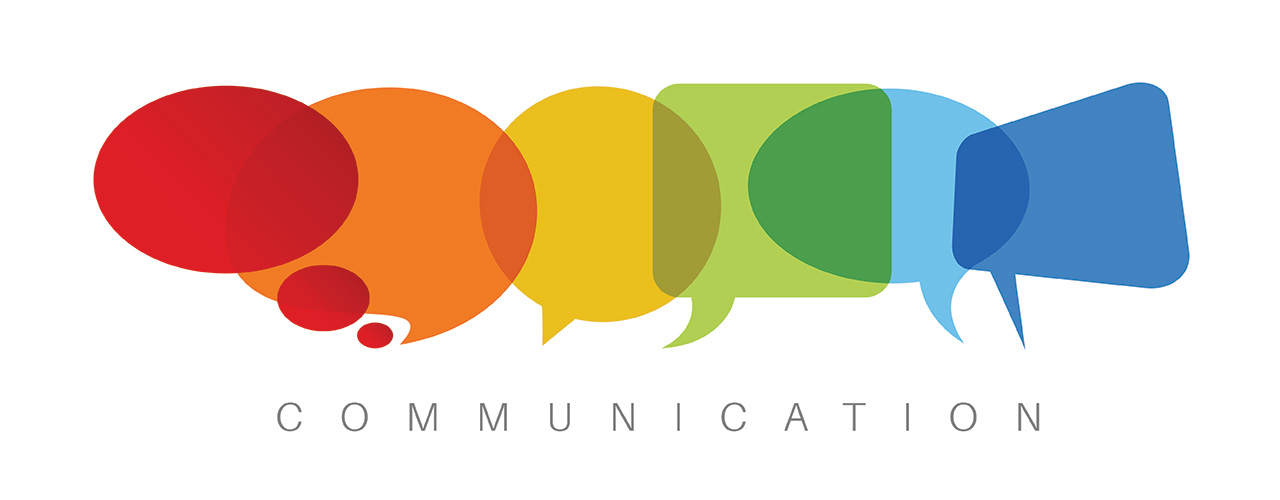How to Avoid a Communication Breakdown
5 Keys for Effective High-Stakes Conversations
Talent, supply, patience, and tolerance shortages are creating price pressure, delays, and quality problems (service and product businesses alike!). All of which have driven up the cost of business and relationships. Not to mention the issues in and around the pandemic - masking, vaccinations, quarantining, and the impact on returning or not to office environments.
As a result, you've likely been involved in several high-stakes - and possibly uncomfortable - conversations over the past year. Conversations with high emotion, high stakes, and differing opinions -be it with a customer, team members, employees, friends, or acquaintances.
In preparing for a session with a client on this very topic, it gave me - and the client - an opportunity to pause, reflect, and review critical steps to remember when having these types of conversations.
Below are 5 tips to remember the next time you know you are about to have a critical conversation:
- Be Proactive - Don't Avoid. Run to the fire. Deal with the issue head-on. Avoidance doesn't solve the problem; it only ratchets up anxiety and slows progress. The sooner you deal, the sooner all can move forward with a plan.
- Choose the correct medium. The higher the stakes, the more you need to be face-to-face. According to research reported in Harvard Business Review, face-to-face communication is 34 times more successful than email or text. If face-to-face isn't possible, the next best choice is a video call. Last resort, a phone call. Avoid email, text, or social media at all costs. It may be easier, but it is ineffective and costly. Just ask anyone who has had to walk back an ill-advised post or comment.
- Slow down, acknowledge the situation, empathize, and relate if you can, and listen and seek to understand. This is the hard part. When emotions are high, and points of view differ, it is easy to become defensive and resort to "fight or flight" mode. After all, it is a natural human instinct. Slow things down, take a breath and work to get in the other person's shoes to understand their perspective. Often that individual simply wants to be heard and understood. Usually, a solution or agreement begins to reveal itself and makes moving to the next step easy and natural.
- Share what is true and real. Let the other person see your logic, share your conclusions tentatively, and invite the other person in to share their truths. The collective knowledge and understanding will grow and help both parties make a good joint decision or solution - even if it is a respectful "we can agree to disagree."
- Determine the way forward - who, what, by when, how to follow up. The hard work is done, but don't leave the conversation - if the situation warrants it - without a clear game plan for what comes next. Be specific on the follow-through steps and double-check with the other party that you are on the same page with the solution.
These steps are simple but not easy. Being perfect is not the objective; being more effective is. Hopefully, these keys will help you avoid communication breakdowns.


